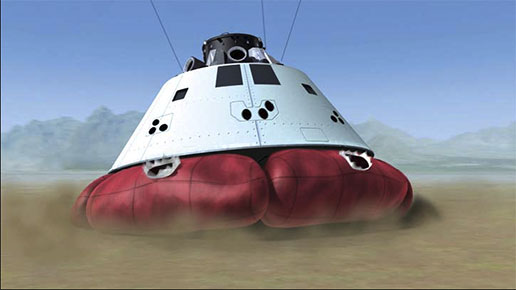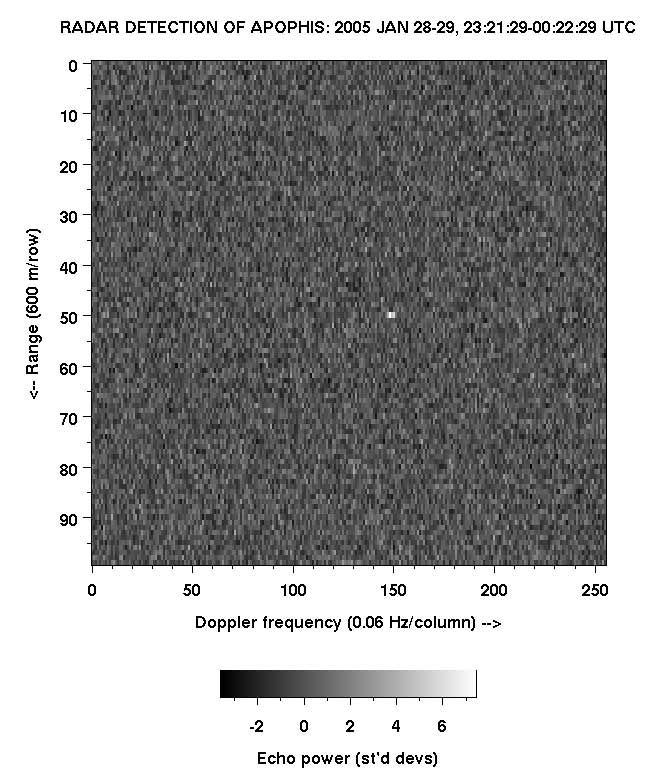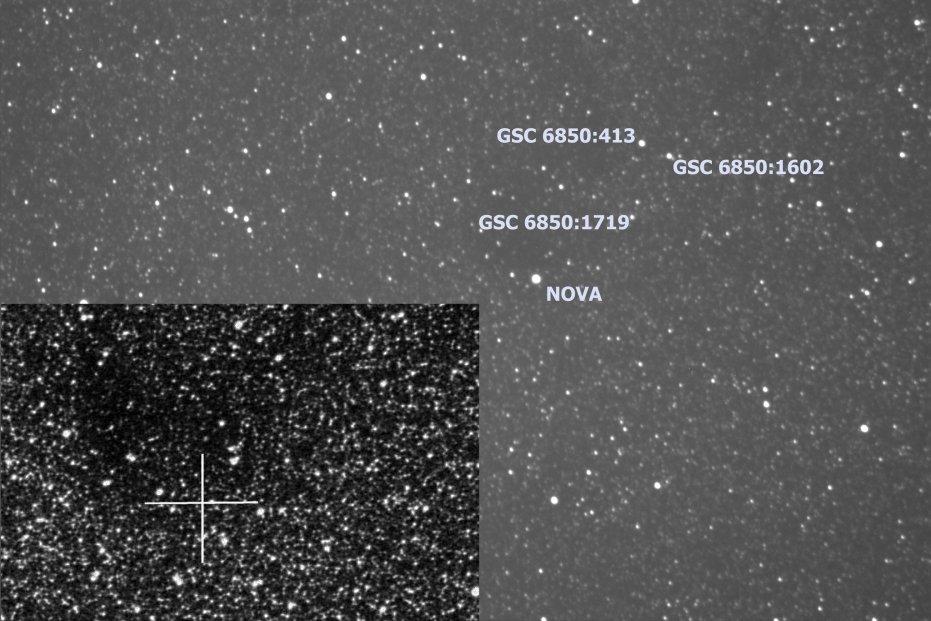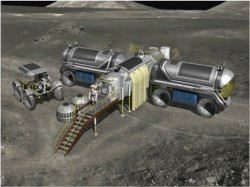The Russian Soyuz re-entry capsule, carrying the first South Korean astronaut back to Earth, suffered a “ballistic re-entry” on Saturday, putting the capsule 400 km (250 miles) off-target. This is the second time in a row that the return vessel has landed off course; even officials were shocked about this inaccuracy. The astronauts endured forces of up to 10-G as the capsule took a very steep trajectory as it dropped through the atmosphere for three and half hours. Fortunately the three crew members are safe and well. What’s the explanation for the mishap? An unauthorized change to the flight plan and an old naval superstition…

At least the whole crew returned to Earth safely after their violent re-entry, but questions are being asked as to why the capsule landed so far off course and 20 minutes behind schedule.
The Russian TMA-11 craft touched down on the Kazakh steppe at 4:51am Saturday morning after making the long trip through the atmosphere. On board was South Korea’s first astronaut, Yi So-yeon, Russian cosmonaut Yuri Malenchenko and American Peggy Whitson, who broke NASA’s record for time in space. Whitson spent a total of 377 days orbiting the Earth whilst carrying out experiments on the International Space Station. Yi So-yeon spent 11 days on the station after a flawless Soyuz launch (April 8th) and stay in space. However things seemed to go wrong as the trio undocked from the station and headed home.
According to the BBC report, Russian officials blamed the crew for making changes to the flight plan just before re-entry. This change was not communicated to mission control who assumed the original plan was going ahead. The result from this change was a steeper than normal angle on entering the atmosphere (a.k.a. a ballistic re-entry), putting the capsule hundreds of kilometres off course. Rescue helicopters took 25 minutes to arrive to the landing site where the crew waited in temperatures of 6°C (43°F). Other than the off-target location, apparently the touch-down went according to plan.
See the BBC video coverage of this event »
However, not all sources indicate the sole blame falling on a lack of communication between capsule and mission control. In a controversial statement to reporters, Federal Space Agency chief Anatoly Perminov placed some of the blame on an old naval superstition that the female-dominated crew were bad luck and the first female commander (Peggy Whitson) was responsible for the change of plan.
“You know in Russia, there are certain bad omens about this sort of thing, but thank God that everything worked out successfully. Of course in the future, we will work somehow to ensure that the number of women will not surpass [the number of men].” – Anatoly Perminov
Naturally, this kind of statement will have caused a bit of a stir. A reporter pushed for elaboration and Perminov continued, “This isn’t discrimination. I’m just saying that when a majority is female, sometimes certain kinds of unsanctioned behaviour or something else occurs, that’s what I’m talking about.”
It looks like some space agency officials still believe in old naval superstitions, let’s hope it doesn’t influence future female involvement in the Russian space program. If anything, as the whole crew is safe and well, the South Korean and American should be considered the mission’s “lucky charms”.












